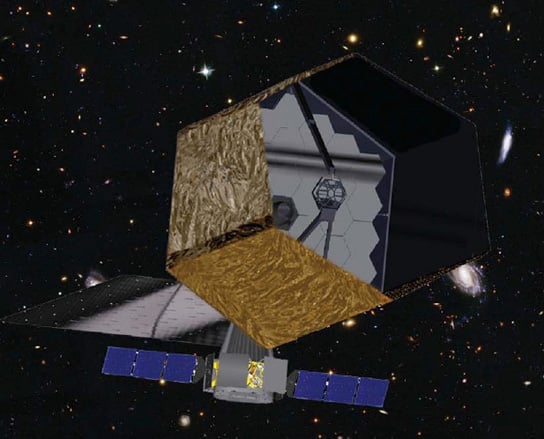
8-meter monolithic mirror telescope. Credit: MSFC Advanced Concepts Office
Years before the James Webb Space Telescope (JWST) was launched in 2018, astronomers and engineers had already started working on the USA’s next space telescope, named ATLAST.
The Advanced Technology Large-Aperture Space Telescope (ATLAST) will be able to characterize the atmosphere and surface of exoplanets within 200 light-years. ATLAST will have a 16-meter (52-foot) aperture, which means that it will have an angular resolution five to ten times better than the JWST, along with a sensitivity limit 2,000 times better than Hubble.

16-meter segmented mirror telescope. Credit: Northrop Grumman Aerospace Systems & NASA/STScI
ATLAST is designed not only to search for habitable exoplanets, but to make measurements of their atmospheres and surfaces. New materials and processes, such as silicon carbide, corrugated and/or nanolaminate mirrors, combined with advances in closed-loop wave front control of active optics and very large launch vehicles, will make the ATLAST concepts affordable for the 2020 era if the technological development continues appropriately.
The planned launch date of ATLAST is sometime between 2025 and 2032 and it will be put in orbit relatively close to Earth, allowing regular service missions that should keep it running for at least 20 years.
https://www.youtube.com/watch?v=vpVz3UrSsE4#!
An animation of the James Webb Space Telescope deploying.









Be the first to comment on "ATLAST Is Being Designed to Discover Life on Planets"